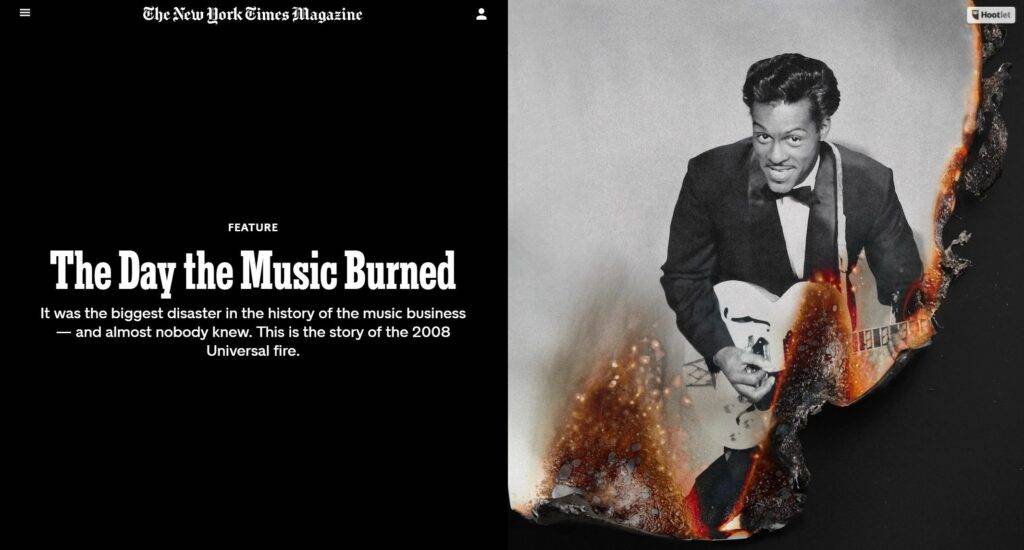Reflecting on Aerosmith: How Their Breakup Shaped the Evolution of Rock

The 1970s are often hailed as the pinnacle era of classic rock, where bands like Led Zeppelin reigned supreme. However, amidst this musical landscape, Aerosmith’s dissolution marked a significant turning point, as noted by Slash.
Aerosmith, despite their association with rock, drew heavily from the pre-psychedelic bluesy swagger of bands like The Yardbirds. What set them apart was their incorporation of vicious grooves, particularly evident in their collaboration between Joe Perry’s guitar licks and Joey Kramer’s drumming, reminiscent of swing music at times.
For Slash, Aerosmith’s album “Rocks” was pivotal. Tracks like “Rats in the Cellar” delved into metal territory, infusing hard rock blues with a newfound intensity. However, behind the scenes, the band was unraveling, plagued by substance abuse and internal conflicts, evident during Slash’s first Aerosmith concert in 1978.
The breakup of Aerosmith marked the end of an era for Slash, symbolizing the decline of 1970s rock. Despite the turmoil, Aerosmith’s members persevered, with Perry eventually rejoining the band in the 1980s. Slash, inspired by Aerosmith’s legacy, carried on their tradition of authentic rock and roll, injecting new life into the genre.
Embedded within this reflection is a testament to the enduring impact of Aerosmith on rock music and the resilience of the genre in the face of change. As the video below showcases, their influence continues to reverberate through the annals of rock history.






Responses